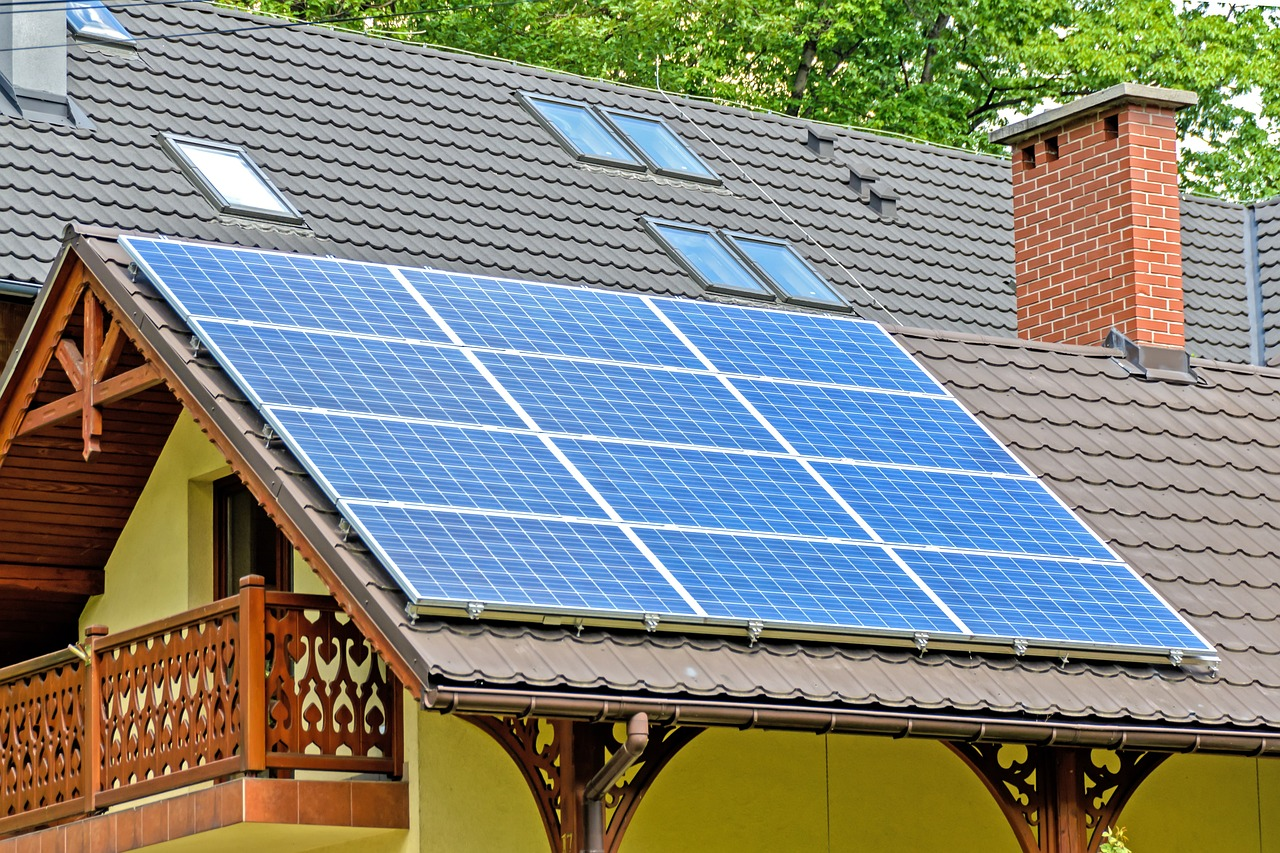Unit 15: Energy Sources
Unit 15: Energy Sources

Unit 15: Energy Sources
 Unit 15: Energy Sources
Unit 15: Energy Sources
Energy sources are substances or phenomena that can be converted into usable energy forms to meet human needs for electricity, heat, transportation, and industrial processes. They can be classified into two main categories: renewable and non-renewable.
Renewable Energy Sources:
Solar Energy: Solar energy is harnessed from the sun's radiation using solar panels or solar thermal collectors. It can be converted into electricity (photovoltaic cells) or used directly for heating and lighting.
Wind Energy: Wind energy is generated by harnessing the kinetic energy of wind using wind turbines. It is converted into electricity and is increasingly being used for power generation in various regions worldwide.
Hydroelectric Power: Hydroelectric power is generated by harnessing the energy of flowing water, typically from rivers or reservoirs behind dams. Water flows through turbines, generating electricity.
Biomass: Biomass energy is derived from organic materials such as wood, agricultural residues, and waste. It can be burned directly for heat or converted into biofuels such as ethanol and biodiesel for transportation.
Geothermal Energy: Geothermal energy is produced by harnessing heat from the Earth's interior, typically through geothermal power plants or direct use systems like geothermal heat pumps.
Non-Renewable Energy Sources:
Fossil Fuels: Fossil fuels, including coal, oil, and natural gas, are formed from the remains of ancient plants and animals that were buried and subjected to heat and pressure over millions of years. They are burned to produce electricity, heat, and transportation fuels.
Nuclear Energy: Nuclear energy is produced by nuclear reactions, typically through the fission of uranium or plutonium atoms in nuclear reactors. It generates large amounts of heat, which is used to produce steam and generate electricity.
In addition to these primary energy sources, there are also secondary energy sources, such as electricity and hydrogen, which are derived from primary sources through conversion processes.
The choice of energy sources depends on factors such as availability, cost, environmental impact, and technological feasibility. Transitioning to renewable energy sources is increasingly seen as crucial for addressing climate change, reducing air pollution, and achieving sustainable development goals. However, the transition requires careful planning, investment in infrastructure, and technological innovation to overcome challenges related to intermittency, storage, and grid integration.
Vocabulary
Lesson Reading

